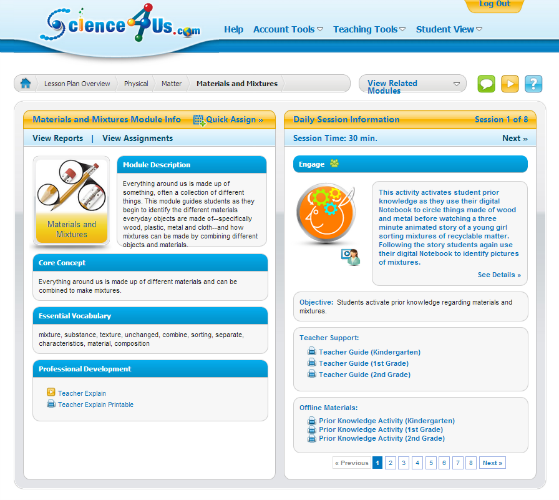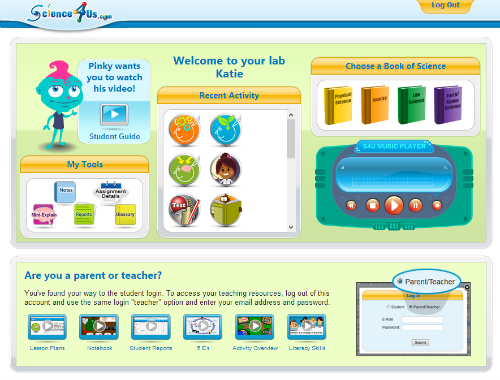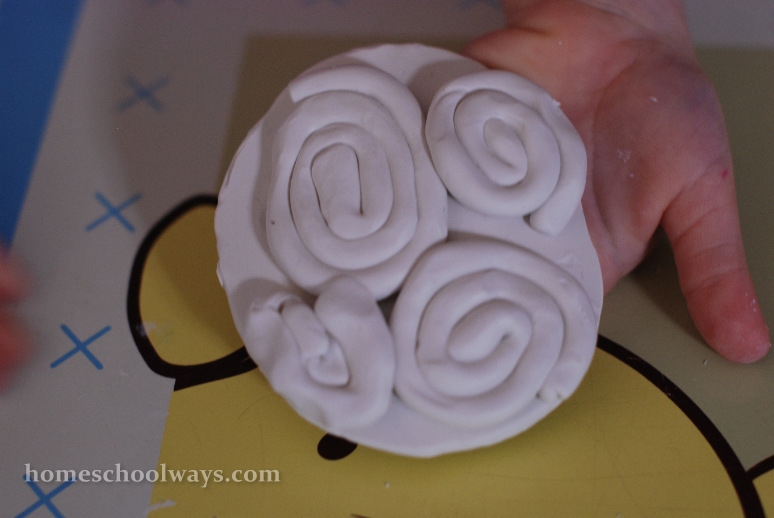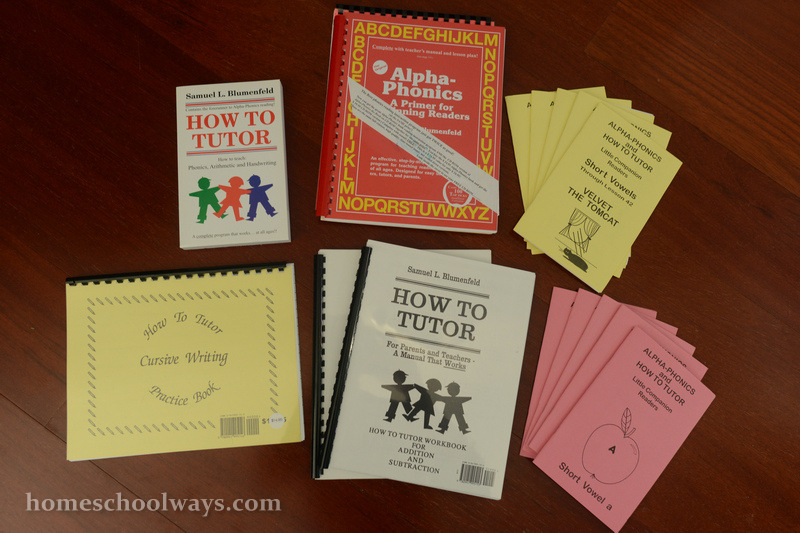In our homeschool, music and art do not get categorized as “electives.” On the contrary. So I was very keen on giving KinderBach piano lessons to my children when the opportunity came up, through the Review Crew.
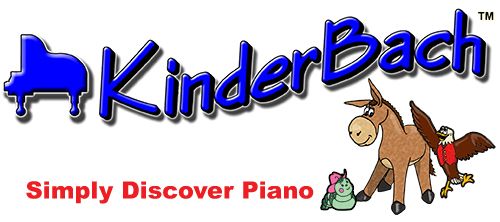
To be specific, I have been using the
The KinderBach Online Piano Lesson Membership with Teacher Corner. Let me explain. Kinderbach is an online curriculum with piano lessons for children ages 3-7. For a limited time, the yearly subscription is $95.88 per year. That’s only $7.99 per month.
Your young students watch short videos which present piano and music theory instruction. At different points, you will have to pause the video so that they have time to finish their crafts or get their rhythm instruments ready or get into position in front of the piano.
My son, 6, started taking violin lessons a few months ago. My daughter, 3, would really like to play an instrument, too. She does not want to get left behind. These online piano lessons for young children give her just enough exposure to music theory and practice to satisfy her curiosity.
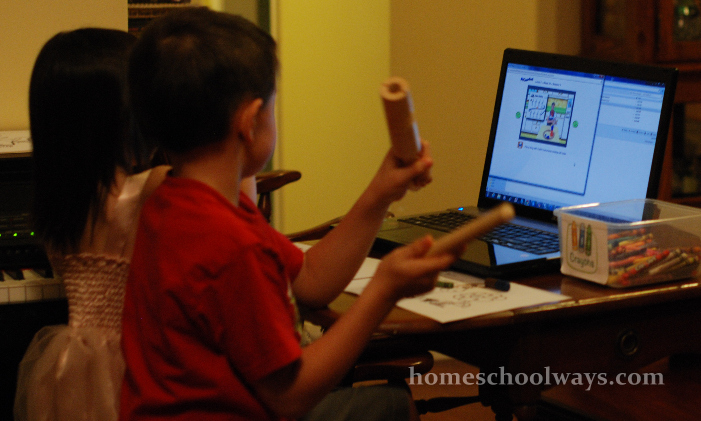
My children doing their KinderBach.com lesson with rhythm instruments, crayons and coloring pages
We have a piano, but a small keyboard will suffice. You should, however, have a fast internet connection, crayons, card stock, printer paper and a good printer. All the books and worksheets are PDFs and you print them as you go.
No internet connection at home? No problem. You can also get this program on DVDs. If you travel, you can download the KinderBach App. How convenient is that?
The curriculum contains six levels, each with 10 weeks. Each week features five short videos: an introduction and four lessons. Each video is about three minutes long. An occasional video will be double that.
One full lesson, according to the lesson plans they give you, should take about 20 minutes, but I have found that it takes even less for us, probably because I only have two students. So if you do one lesson a week, you should comfortably finish the first three levels in one school year.
My children can do three lessons in one sitting though. I actually have to stop them and direct them to our next activity. They really enjoy KinderBach and get engrossed in it.
Once, I was talking to my husband and the children were doing their KinderBach lesson nearby. When Ms. Karri, the piano teacher on the video, gave them the cue, they grabbed their rhythm instruments and started playing. It was surreal to see my children “perform” at somebody else’s direction. My husband and I had one of those feel-good parenting moments.
I think it’s great that you can start your child at whatever level they are on. I started mine with the very first lesson, even though I taught them some piano last year. I just wanted to make sure we would not miss anything.
Early music lessons help a child in so many ways. The question is not, “Should I teach my children an instrument?” The question is, “Which instrument?” Then, one must consider the cost of regular instrument lessons, plus leaving home, logistics with one’s other children and the cost of gas. By the time you factor all this in, KinderBach becomes one convenient bargain alternative.
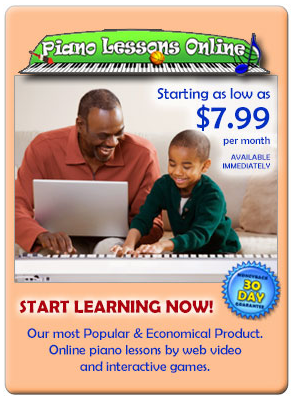
KinderBach lessons are fun. They introduce your young children to several animal friends who, in turn, show them piano basics. There are coloring sheets, crafts to make, songs to learn, rhythm instruments to tap and quick videos to watch. Young children look forward to KinderBach lessons because they enjoy them.
Some of you may be thinking, “I thought you believed in delayed academics. Dr. Moore warned against burning children out with practicing an instrument too young.” Let me just say this… When it comes to introducing children to music, there are many ways to do it, some more gentle than others. KinderBach falls in the very gentle category.
As I said above, children who take KinderBach piano lessons color, cut, paste, and play with rhythm instruments. They stand up with the high notes and they squat down with the low notes. They make friends with all these cute characters who teach them musical notes or rhythm (like the beat bugs). They sing “Twinkle, Twinkle” and “Start Light, Start Bright.” I cannot stress this enough: KinderBach is a very gentle introduction to music theory and piano lessons.
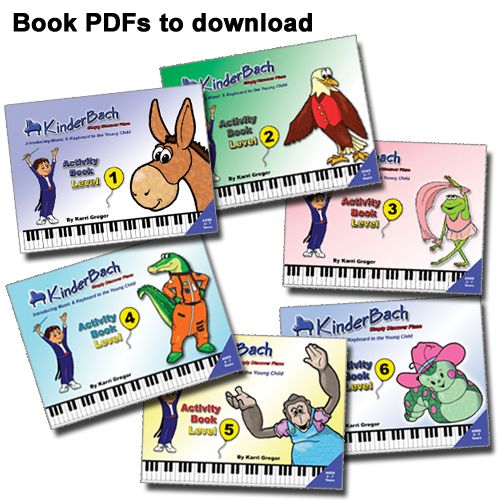
For me, it was a little too gentle at first. I thought, “Can we please get past Dodi (the donkey) and his house (which sits between the two black keys)?” I know. I’m a bit on the serious side.
But then, I noticed how much my young children were enjoying it. They needed a point of reference on the piano for the pattern of two black keys and three black keys. They appreciated the animals and their fun names.
I took four years of piano in middle school, but one does not need any prior knowledge to teach with this preschool piano curriculum. KinderBach will give you lesson plans, lesson aids, short videos and MP3 files you can play and sing to through the classes.
You can make this as formal or as informal as you want to. The lesson plans will tell you exactly what to do and how. Or, you can simply play the videos for the children to watch and print out strictly the coloring page or craft for that particular lesson. That’s what I did. It gave me some freedom to get some things done while they were busy tutoring themselves through the videos. Not a bad deal at all.
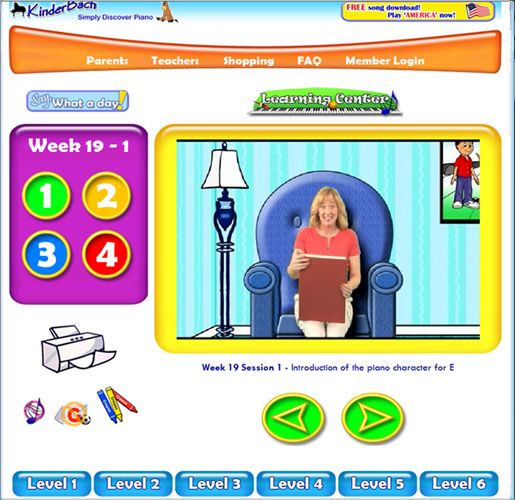
I cannot say enough about Ms. Karri, the founder of KinderBach and the teacher on the videos. She has a really great presence for small children. You know how teachers of small children can overdo it sometimes? She is just right. Not too silly, not too serious. When she says, “Would you play with me?” my daughter replies, “Yes!”
With their free trial offer, you can try it in your homeschool and see if it fits. They will give you two weeks’ worth of lessons and worksheets. You cannot go wrong.




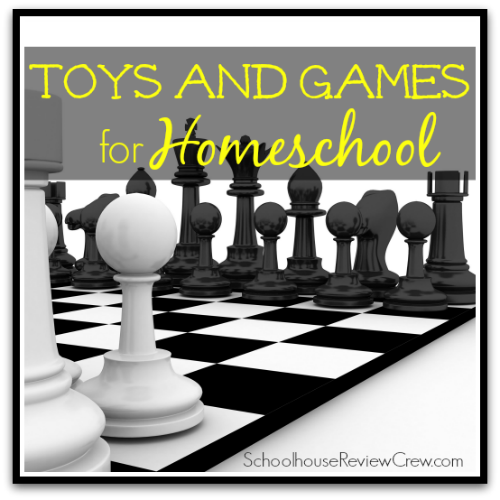
.png)

